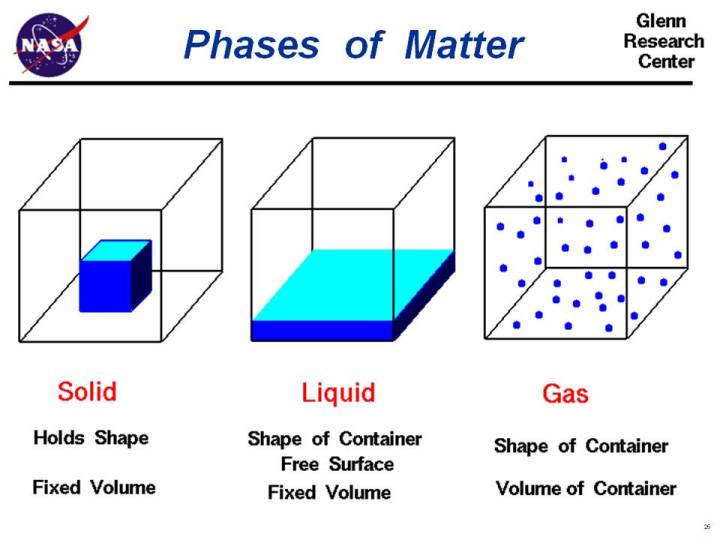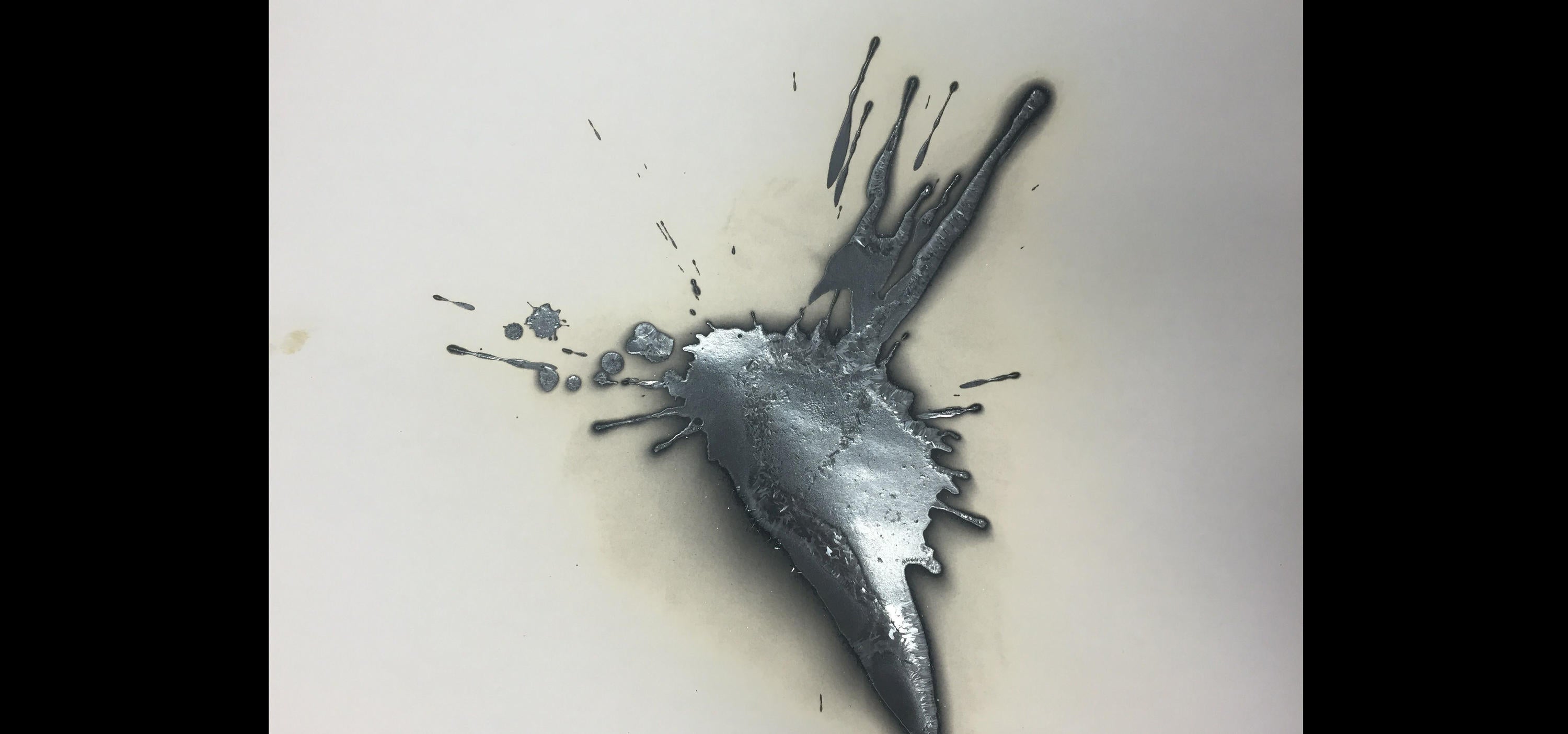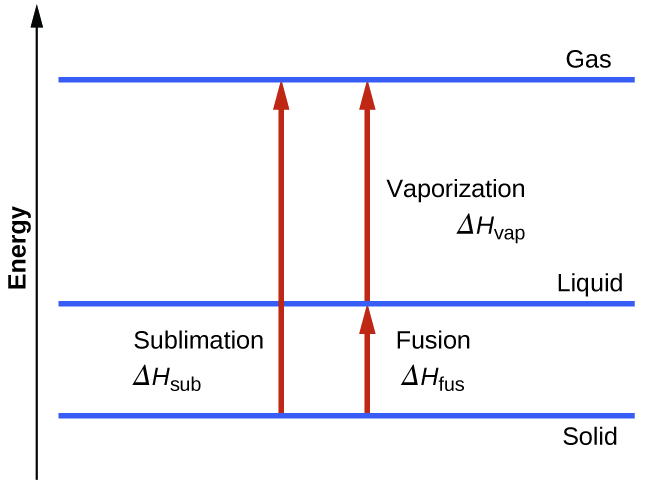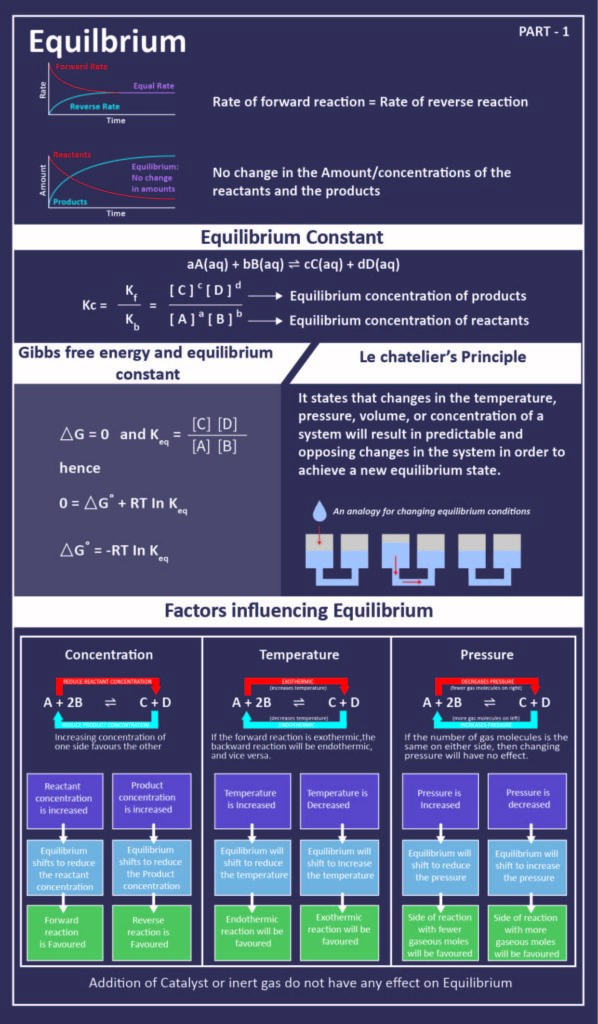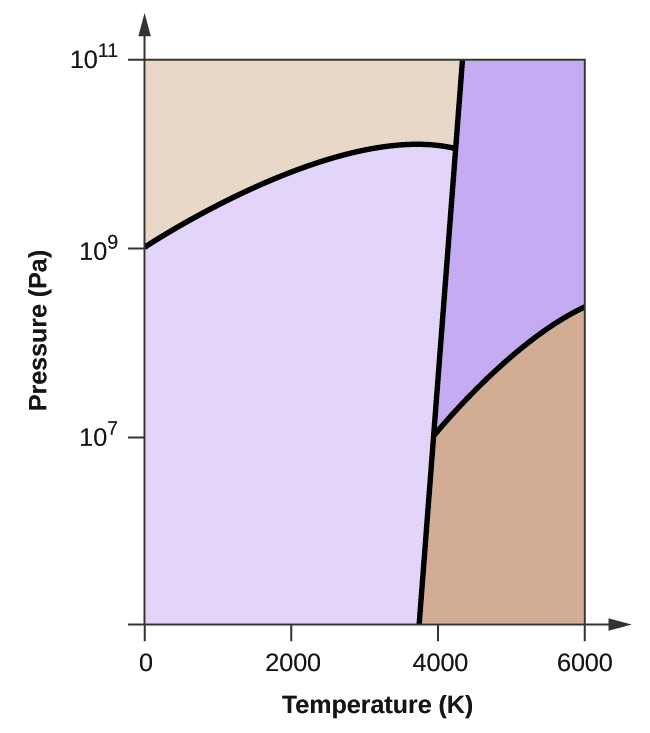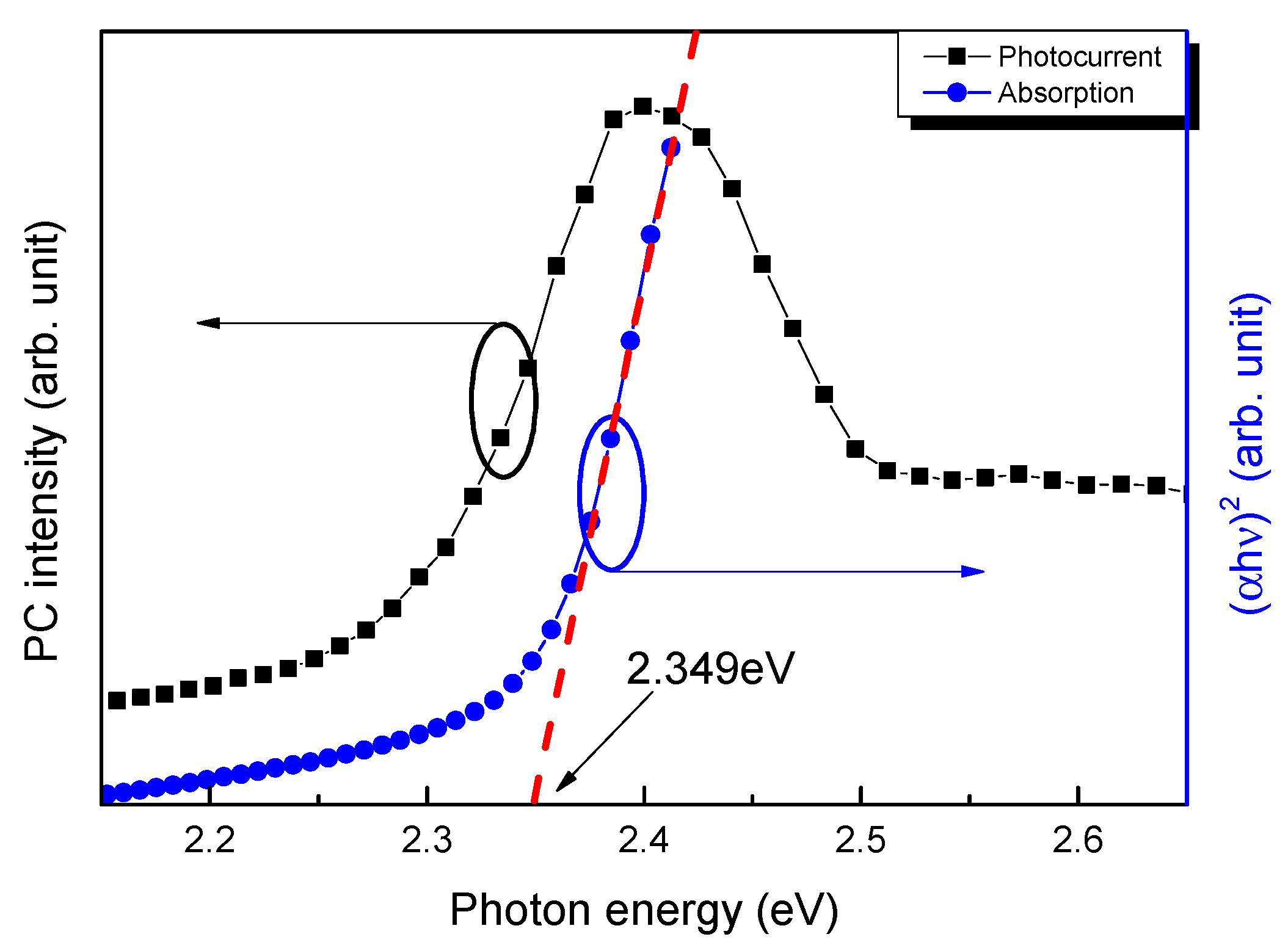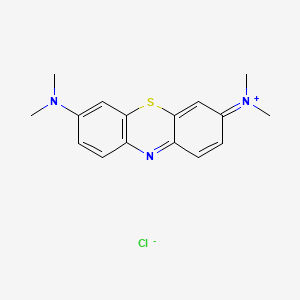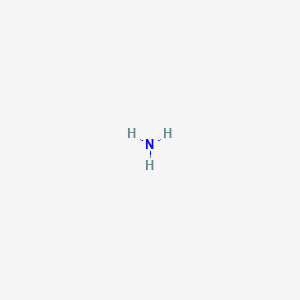Iodine is a chemical element with the symbol i and atomic number 53.
Transformation of solid iodine to the gaseous state at room temperature.
The heaviest of the stable halogens it exists as a lustrous purple black non metallic solid at standard conditions that melts to form a deep violet liquid at 114 degrees celsius and boils to a violet gas at 184 degrees celsius however it sublimes easily with gentle heat resulting in a widespread misconception even taught.
Is an endothermic process.
Is a chemical property of iodine.
The molecular lattice contains discrete diatomic molecules which are also present in the molten and the gaseous states.
It sublimes changes from a solid to a gaseous state while bypassing a liquid form easily.
Freezing is an example of an.
Above 700 c 1 300 f dissociation into iodine atoms becomes appreciable.
Sublimation is the process of direct transformation from the solid state to the gaseous state without passing through a liquid phase.
Is an endothermic process.
The temperature of a gas or vapor in its critical state.
The direct transformation of solid iodine to the gaseous state at room temperature.
Results in the reaction i2.
Iodine crystals dry ice naphthalene moth balls and arsenic tend to sublimate.
Is an endothermic process.
Does not affect the density of the iodine.
Iodine iodine physical and chemical properties.
Iodine is a solid at room temperature because because at 114c it turns from a solid to a liquid.
The temperature of the sample remains constant while the ice melts.
Some examples of sublimation chemistry are the processes that experience water carbon dioxide iodine arsenic or sulfur.
The energy needed to change an amount of a substance from a solid to a liquid is the.
The direct transformation of solid iodine to the gaseous state at room temperature.
Results in a chemical change.
As a pure element iodine is a lustrous purple black nonmetal that is solid under standard conditions.
This is a.
The term sublimation is the passage or the transformation or conversion that substances undergo when passing from one state to another for example from a solid substance to gas.
An endothermic reaction corresponds to one in which.
The temperature at which a solid becomes a liquid is called the.
The density does change a lot when going from solid to gas.
The process of transition of a substance directly from its solid phase to gaseous phase without going through the liquid state is called sublimation.
It is an endothermic phase transition that occurs at temperatures and pressures below the triple point of a substance temperature and.
The direct transformation of solid iodine to the gaseous state at room temperature.







